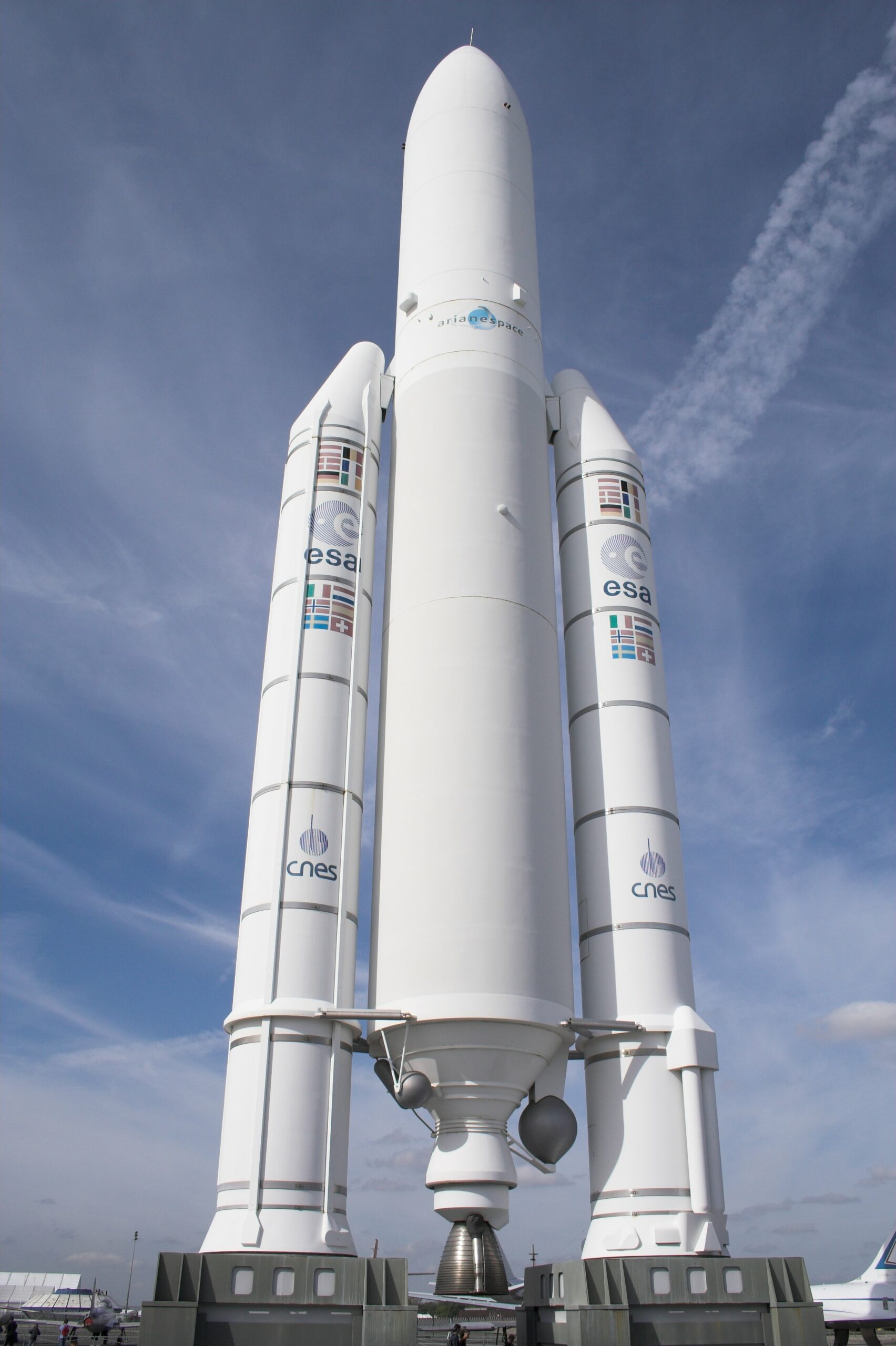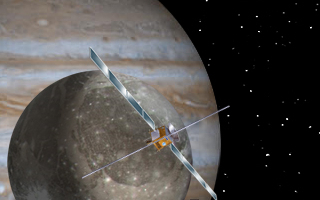Ariane 5 Launches ESA's JUICE Mission on Course to Explore Jupiter
On April 14th, the esteemed Ariane 5 rocket carried out its second-to-last mission, launching a European spacecraft on an eight-year voyage to Jupiter.

The Ariane 5 lifted off from Kourou, French Guiana’s European spaceport, after unfavorable weather postponed the launch the day before. The Jupiter Icy Moons Explorer (JUICE) spacecraft successfully detached from the Ariane upper stage 26 minutes after liftoff.
Ground controllers established communication with JUICE approximately 40 minutes after liftoff. Shortly after, they deployed the spacecraft’s two large solar arrays, which cover a total area of 85 square meters and will provide power for the six-ton probe.
The signal acquisition from JUICE took slightly longer than anticipated but remained within the normal range. Solar array deployment occurred sooner than expected, which Jean-Marc Nasr, head of space systems at Airbus Defence and Space, explained was due to precise sun acquisition by spacecraft systems. He deemed it “a sign of a perfect mission.”
The launch marks the beginning of JUICE’s lengthy journey to Jupiter and its three largest moons. The Airbus-built spacecraft will utilize several gravity-assist flybys to reach its destination, starting with a joint Earth-moon flyby in August 2024, followed by additional Earth flybys in September 2026 and January 2029, and a Venus flyby in August 2025.
Upon reaching Jupiter in July 2031, JUICE will conduct 35 flybys of Europa, Ganymede, and Callisto, investigating their surfaces and underground oceans to determine habitability. The spacecraft will orbit Ganymede from December 2034 until the mission’s conclusion in September 2035.
Josef Aschbacher, ESA’s director general, expressed pride in the mission, stating it addresses “questions of science that are burning to all of us.”
The mission, which has an estimated cost of 1.5 billion euros ($1.65 billion), will utilize ten instruments, including one contributed by NASA. The Japanese space agency JAXA and Israel Space Agency are also partners, providing components for other instruments.

This launch marks the sixth time an Ariane 5 rocket has carried ESA missions, including the December 2021 launch of NASA’s James Webb Space Telescope with significant ESA contributions. Since 1996, there have been a total of 116 Ariane 5 launches.
Only one Ariane 5 flight remains, tentatively scheduled for late June, carrying two European government communications satellites, France’s Syracuse 4B and Germany’s Heinrich Hertz.
Stéphane Israël, Arianespace’s CEO, described the final launches as a “wonderful symbol” for France and Germany. The Ariane 5 will be replaced by the Ariane 6, whose maiden flight has been delayed multiple times. The latest target for the Ariane 6 debut is late 2023, though there is speculation it may be pushed back further.
While Aschbacher did not provide a new estimate for the Ariane 6 launch, he expressed confidence in its progress, saying, “We have to go through some decisive milestones in the next couple of weeks, but certainly we are on a good track.” He acknowledged feeling a tinge of sadness about Ariane 5’s retirement but expressed optimism that Ariane 6 will be “an equally good launcher.”
-
India Successfully Lands Spacecraft on Moon’s South Pole
India achieves a historic milestone by successfully landing Chandrayaan-3 spacecraft on the moon's south pole, marking the nation's ascent to lunar exploration. Learn about the significance of this achievement and its implications for space exploration.Read More -
Timber in Orbit: Japan’s Wooden Satellite Prepares for Launch
In a groundbreaking endeavor, Japanese researchers are challenging conventions by showcasing the unexpected resilience of wood in the hostile environment of outer space. This extraordinary feat raises an intriguing question: could wooden satellites hold the key to a sustainable future for space technology?Read More -
Seradata Welcomes Melissa Quinn: New Horizons with EVONA
Breaking: Melissa Quinn's new role unveiled - placed by EVONA. Discover her transformative journey from Spaceport Cornwall to Seradata.Read More